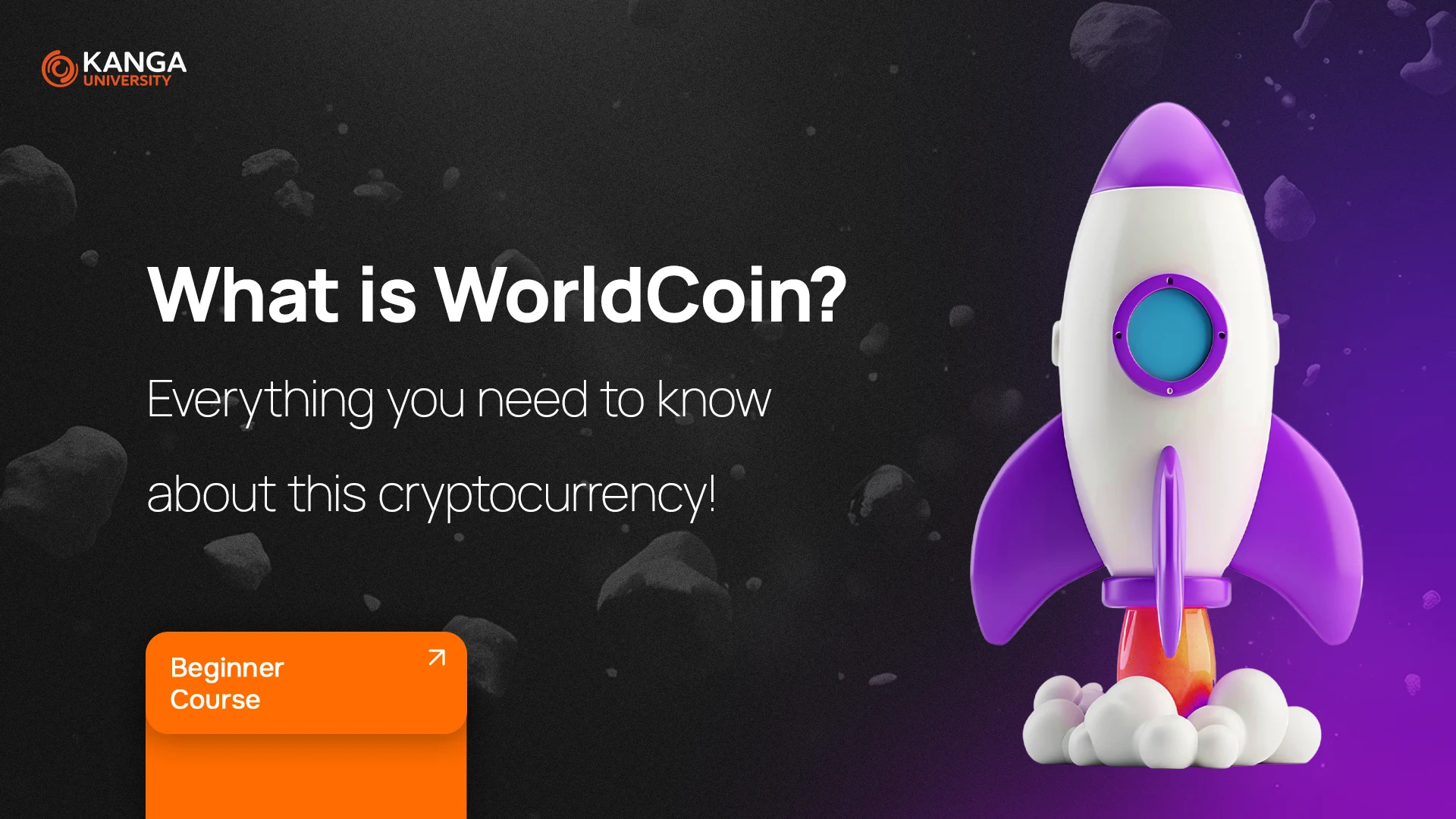
Imagine Receiving Cryptocurrency Without Investing a Dime – sounds great, right? That’s exactly the idea behind the Worldcoin project. It’s a cryptocurrency designed to function as a form of universal basic income, meaning free money for everyone. But there’s a catch – you have to scan your iris.
What Is Worldcoin?
Worldcoin is a project that combines cryptocurrency, artificial intelligence (AI), and blockchain. It was created by Sam Altman (the same person behind OpenAI and ChatGPT), Alex Blania, and Max Novendstern. The project officially launched on July 24, 2023, and immediately sparked intense debate.
Worldcoin consists of three main components:
- World ID – a unique digital identity,
- Worldcoin (WLD) – a cryptocurrency,
- World App – an application for payments and transfers.
How Does It Work?
To receive Worldcoin, you need to scan your iris using a special device called Orb. After the scan, you get a World ID, which verifies that you are a human (not a bot). This identifier is stored on the blockchain, but the creators claim that biometric data is deleted and replaced with a unique code called IrisHash.
Why Is This Important?
According to the project’s creators, the goal is to build a system where everyone has equal access to money and the digital economy. Worldcoin aims to be a solution for verifying human identity in the age of AI and deepfake technology.
Controversies and Concerns
The idea of iris scanning has raised serious concerns. Critics worry about:
- Privacy – Are biometric data truly safe?
- Ethics – Should people trade their personal data for free cryptocurrency?
- Regulations – The project is banned in some countries, such as Kenya, where the government is investigating whether collecting eye scans violates citizens’ rights.
What’s Next?
Worldcoin is expanding rapidly, but its future remains uncertain. On one hand, it’s an innovative tool for preventing online fraud; on the other, it poses serious privacy risks. Is this the next financial revolution or a massive surveillance scheme? That’s for each person to decide.